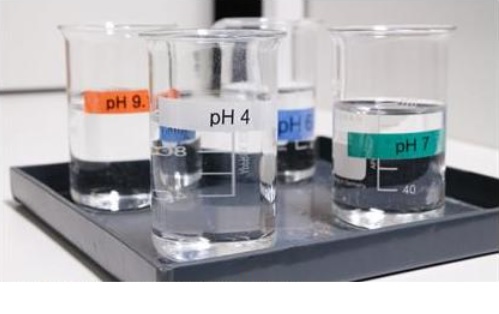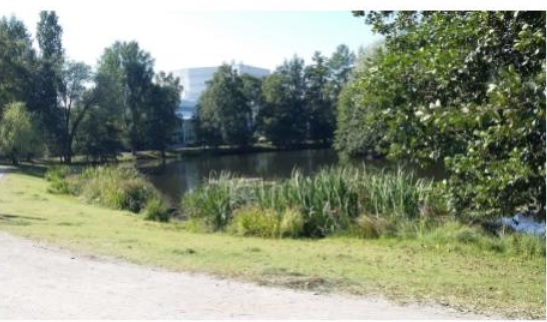
The topic of the day was also dealt with in Chemistry classes. Here is a report from our Chemistry teacher Tiina Helminen:
“In Experimental Chemistry we analysed a sample of local tap water, one from the neighbourin pond (natural water) and samples, that students brought from their home taps. We analysed the smell, colour, turbidity and analysed thte water’s pH values and Chemical Oxygen Demand (COD). We observed clear differences in the different tap water samples, but especially between tap and natural water samples. The aim was to rise awareness about the consumption habits of clean water and protecting natural waters.

Smell
Clean water does not smell or have any scent. Flaws in odours can be due to algae, mould, fungae and sewage waters. The sensory perception depends on the observer’s olfactory epitelum.
The colour of the water
Good water is colourless and clear. Humus acids and algaes give the surface water a brown and green colour. Iron lends water a brown colour. Cloudyness and an odorless black tint to water is usually due to manganese. High concentrations of copper colour bathroom furniture green and can make blond hair greenish. When you add detergent to copper-containing water it may change its colour to green-blue.
Cloudy water
Cloudyness of water can be due to aluminium, zinc, iron or manganese. The reason can also be impurities, microorganisms or fine materia from the ground.
The pH of water
The pH of tap water should be 6,5-8,8. If the pH is less than this it will start pipe corrosion. For this reason the pH of water is increased with chemicals in water treatment plants. A pH over 10,5 is no longer healthy.
The Chemical Oxygen Demand of water (COD)
In order to find out the Chemical Oxygen Demand (CODMn), the sample is oxidised permanganate. A COD test can be used to quantify the amount of organics certain water types, especially rivers and clean waters, whereas it is not suitable for testing the concentration of organic matter in seawater.